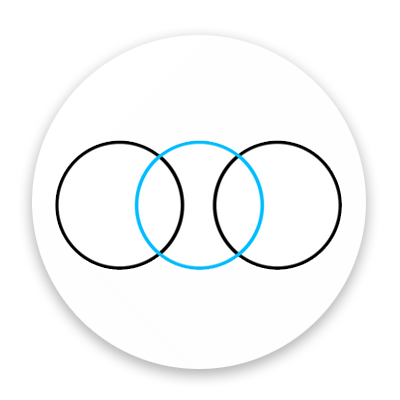PhotoMontage
‘A photomontage is a collage constructed from photographs’ - Tate Modern
‘Photomontage is often used as a means of expressing political dissent. It was first used as a technique by the dadaists in 1915 in their protests against the First World War. It was later adopted by the surrealists who exploited the possibilities photomontage offered by using free association to bring together widely disparate images, to reflect the workings of the unconscious mind.
In 1923 the Russian constructivist Aleksandr Rodchenko began experimenting with photomontage as a way of creating striking socially engaged imagery concerned with the placement and movement of objects in space.
Other key exponents of the medium are John Heartfield, the German artist who reconstructed images from the media to protest against Germany’s Fascist regime and Peter Kennard; whose photomontages explored issues such as economic inequality, police brutality and the nuclear arms race between the 1970s and the 1990s.’
‘During the 1930s, Dora Maar’s provocative photomontages became celebrated icons of surrealism.’
Peter Kennard
‘Archive of Dissent marks one of the most extensive displays of Kennard’s work to date and has been specially conceived for Whitechapel Gallery. Taking over three galleries within the former Whitechapel Library space, the exhibition brings together work from across the artist’s prolific and influential five-decade career, offering an important repository of social and political history while illuminating an artistic practice that has continuously countered and protested the status quo.
Since the 1970s, Kennard has produced some of our most iconic and influential images of resistance and dissent. From the Vietnam War, Anti-Apartheid Movement, Campaign for Nuclear Disarmament (CND), and Stop the War Coalition campaigns in the 2000s, through to the present wars in Ukraine and Gaza and his ongoing commitment to environmental activism, Kennard has developed a unique visual practice that bridges art and politics for a broad range of audiences.’
Photo Op by Peter Kennard, co-created with Cat Phillipps, depicting Tony Blair taking a selfie in front of a burning oilfield in Iraq). The technique “joins two clicks of a photo shutter to reveal what’s usually hidden; you can show the victim and the victimiser in one picture. And that encourages people to think critically about what’s going on.”
'In its form and power, Peter Kennard's art ranks among the most important of the late twentieth and early twenty-first century. It is important because it breaks the consensual silence surrounding the most urgent issues of the day. His pictures brilliantly evoke the faces that cry out from the silent war.' - John Pilger (Guardian)
He is perhaps most famous for his work for CND which was exhibited in a recent exhibition ‘Art Against War: Peter Kennard and the CND Movement at the Millennium Gallery in Sheffield. See Guardian article for more.
Peter Kennard also did the artwork for Kate Tempest album ‘Let them Eat Chaos)
Creative team Zeroh (Daniel Hardiker and Neil Hetherington) created graphics and animations for a BBC2 special celebrating the launch of Kate Tempest’s incredibly powerful album ‘Let Them Eat Chaos’ in October 2016. ‘We worked alongside creative director Harris Elliot and film maker Manuel Bonett to produce the visual backdrop to the hour long presentation. We also partially used the artwork of Peter Kennard and Kate’s lyrics to enhance the tone of the work presented, you can view a short edit featuring some our work on the below and see it in context below that or here.’
Dora Maar
Aleksandr Rodchenko
Marianne Brandt
‘Marianne Brandt (1893 - 1983), a leader of the Bauhaus style, is best known as a Bauhaus designer and metal-worker. Much less well-known are the photomontages that constitute the critical complement to her metal works from the mid-1920s and early 1930s. It was in these photomontages that Brandt first focused her analytical gaze on contemporary society and politics, and, in particular, on the ominous and destructive aspects of modern technology so apparent in the First World War. Drawing on the vast array of visual material made available by the Weimar Republic's burgeoning illustrated press, Brandts photomontages relied upon the technologies of modern visual culture to challenge pictorial conventions and imagine new roles for women.’ - ICP
COLD WAR STEVE
Cold War Steve aka Christopher Spencer is an artist from Birmingham, England who specialises in surreal, satirical and hilarious collages originally made on his phone and iPad. Since 2016 Cold War Steve’s Twitter account with almost daily posts has been a lifeline to many in these dark times with his following increasing by the day. Three solo exhibitions, two books with Thames & Hudson, commissions for the National Galleries of Scotland and the Whitworth in Manchester, a giant billboard installation at Glastonbury Festival and an international TIME magazine cover have all followed in the last year. https://www.coldwarsteve.com/bio/










